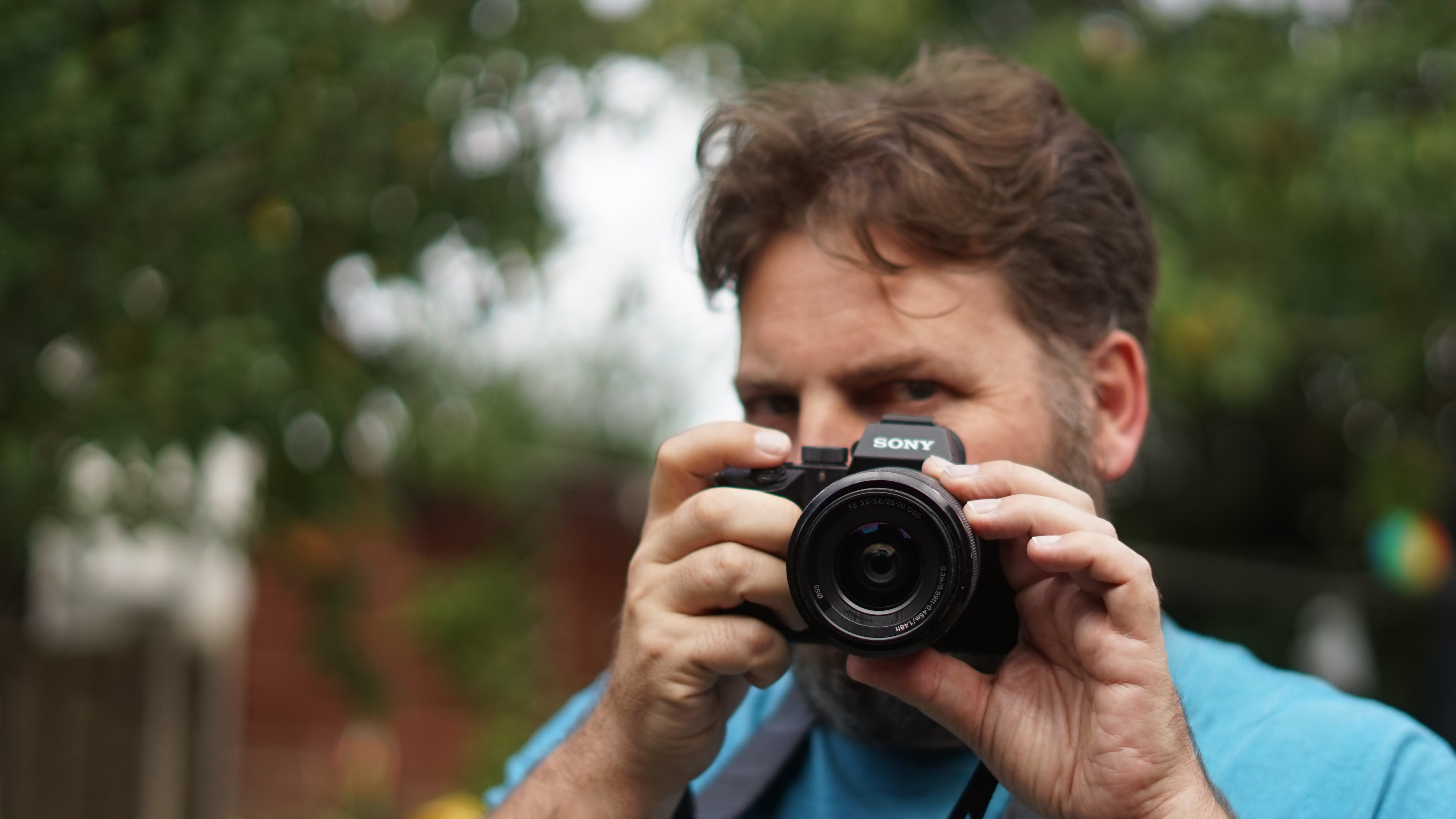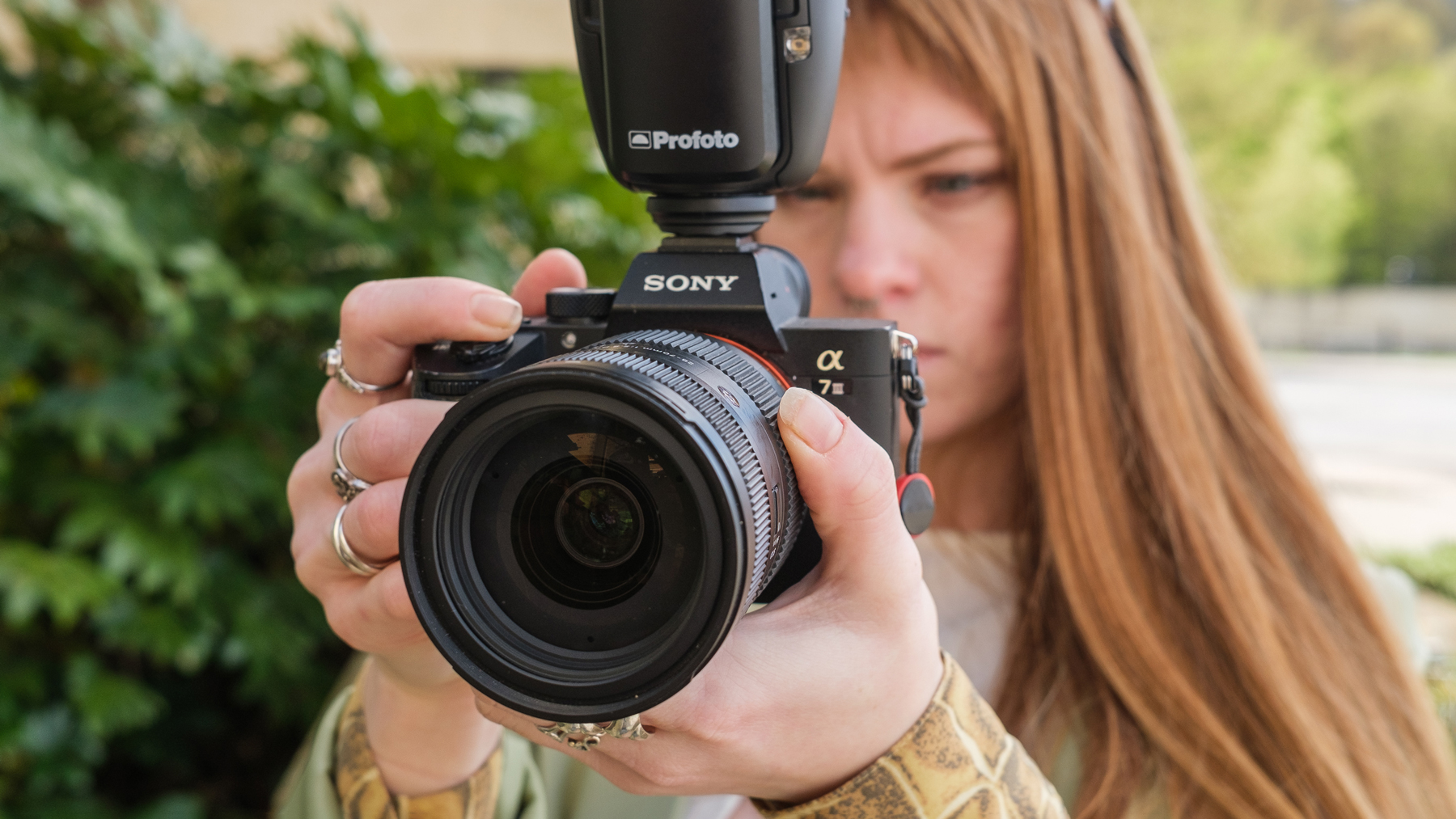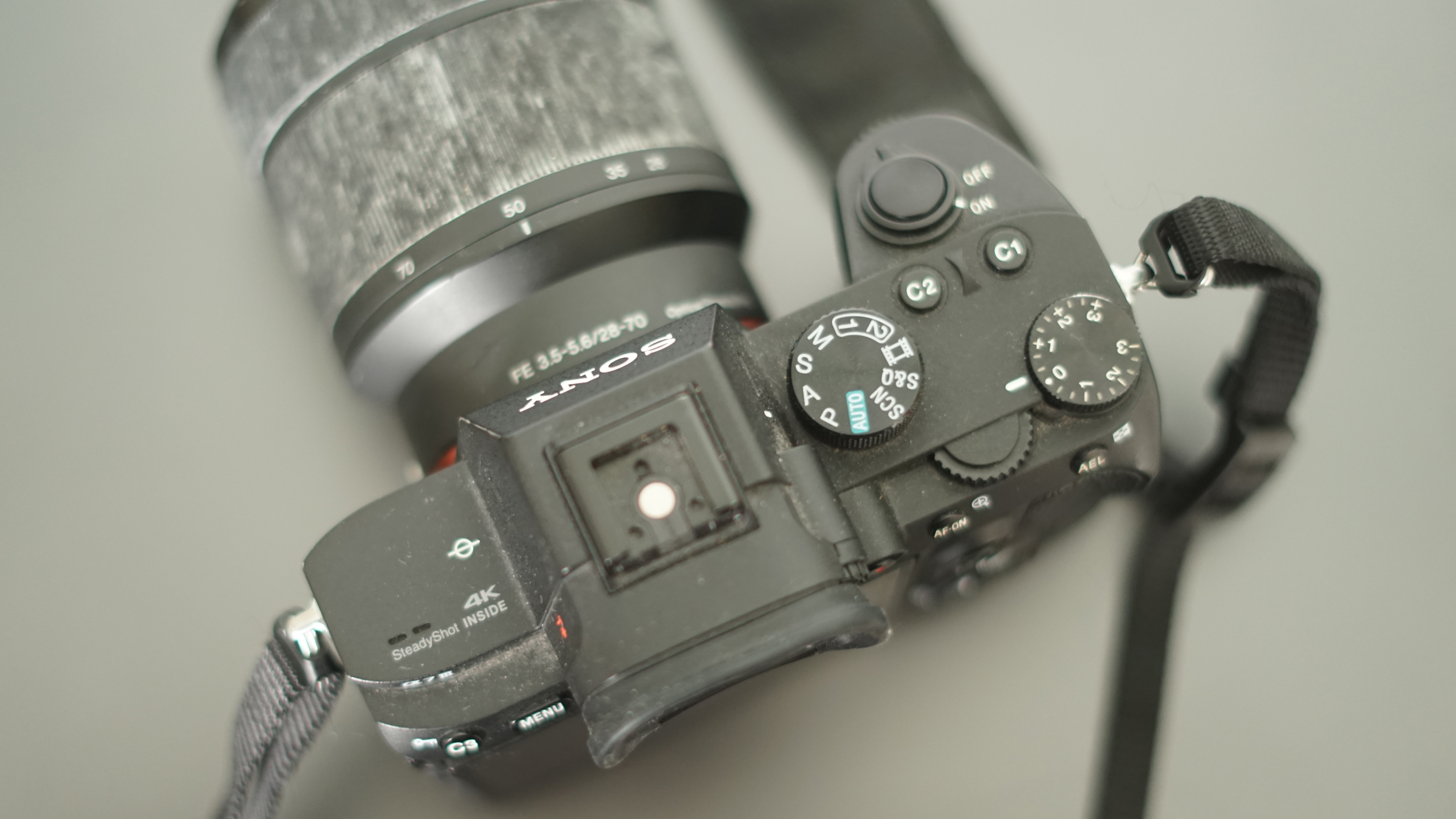
There are some cameras that punch outside the field of photography. Some model numbers that, because they arrive at a certain time, offer a bit more than might have been expected, for a little less, and move the field on in some way.
One such camera is the one I still use every day: the Sony A7 III. Or ⍺7 III. Or ILCE-7M3.
As an aside, Sony seriously needs to get better at naming products. It has finally stopped calling its TVs crazy things like the Sony XR55A95L and started using names like Bravia 9, and it really seems to have caught the attention of our friends at What Hi-Fi, so why not cameras? That's another story.
Anyway, the Sony A7 III was announced back in early 2018 and the most noteable new feature at the time was probably the 4K video. This was a camera, if not for the masses, that made capturing professional-looking 4K video through interchangeable lenses something within reach of the 'prosumer'.
The camera has a 24MP full-frame CMOS sensor and 693-point phase-detection autofocus with Sony's Eye AF (tracking the subject's eyes, not the operator's) and in-body 5-axis image stabilization.
The Sony A7 III also boasts an ISO51,200 sensitivity, 10fps continuous bursts, dual SD card slots for live backups (which felt like a very pro upgrade from the single shot in the previous A7 models) and Bluetooth connectivity. The controls were also improved, with the arrival of a joystick styled on the then-recent flagship Sony A9.

At the time – and to be honest, even now to some extent – the Sony A7 III's spec sheet was exciting. But the 4K possibilities felt like what pushed the camera beyond the photo world into, if not the public consciousness as a whole, the mainstream tech sphere. Back then, having 4K on your YouTube channel would get you ahead of the pack.
The result seems to be a ripple that I still feel in my everyday life. When I meet aspiring but less cash-rich photographers, the camera is – more than a half-decade after launch, and long after being superseded by the Sony A7 IV – still seen as aspirational.
The Sony A7 III a camera that has made me stop worrying about my main camera. I used to love all the latest developments in tech, and I still do, but now I'm more excited when they're concentrated on their own devices. Probably why I've become such a fan of the best 360 cameras (not to mention my fleet of the best drones).

Can that go too far, though? Will I miss out with a camera that is 'good enough' (and, to be fair, a lot more than just 'good enough') as the world moves on and 'eye tracking' starts to refer to autofocus that actually follows your eye around the frame like the new Canon Eye Control AF?
Luckily not; I'll definitely keep trying all the latest cameras, because I love doing so. But for me at least, I know that eye control tech is useful in the Apple Vision Pro – but for my everyday photography needs it isn't an issue.
Only when the art or quality of what I create needs a significant leap will start looking for that next generational camera. What will be the next "4K moment"? I don't know. Perhaps it'll be more personal to different people. Spatial video? Cinematic focus-pulls controlled by Canon's tech? Or perhaps (though this is a bit fanciful) just a really good app to integrate the camera and my iPhone photos?
Whatever it is, it hasn't come yet in a way that makes me want to replace my Sony A7 III (but boy have I got a lot of action cameras and the like these days!).
You might also be interested in the best Sony cameras and the best Sony lenses to pair with them.







